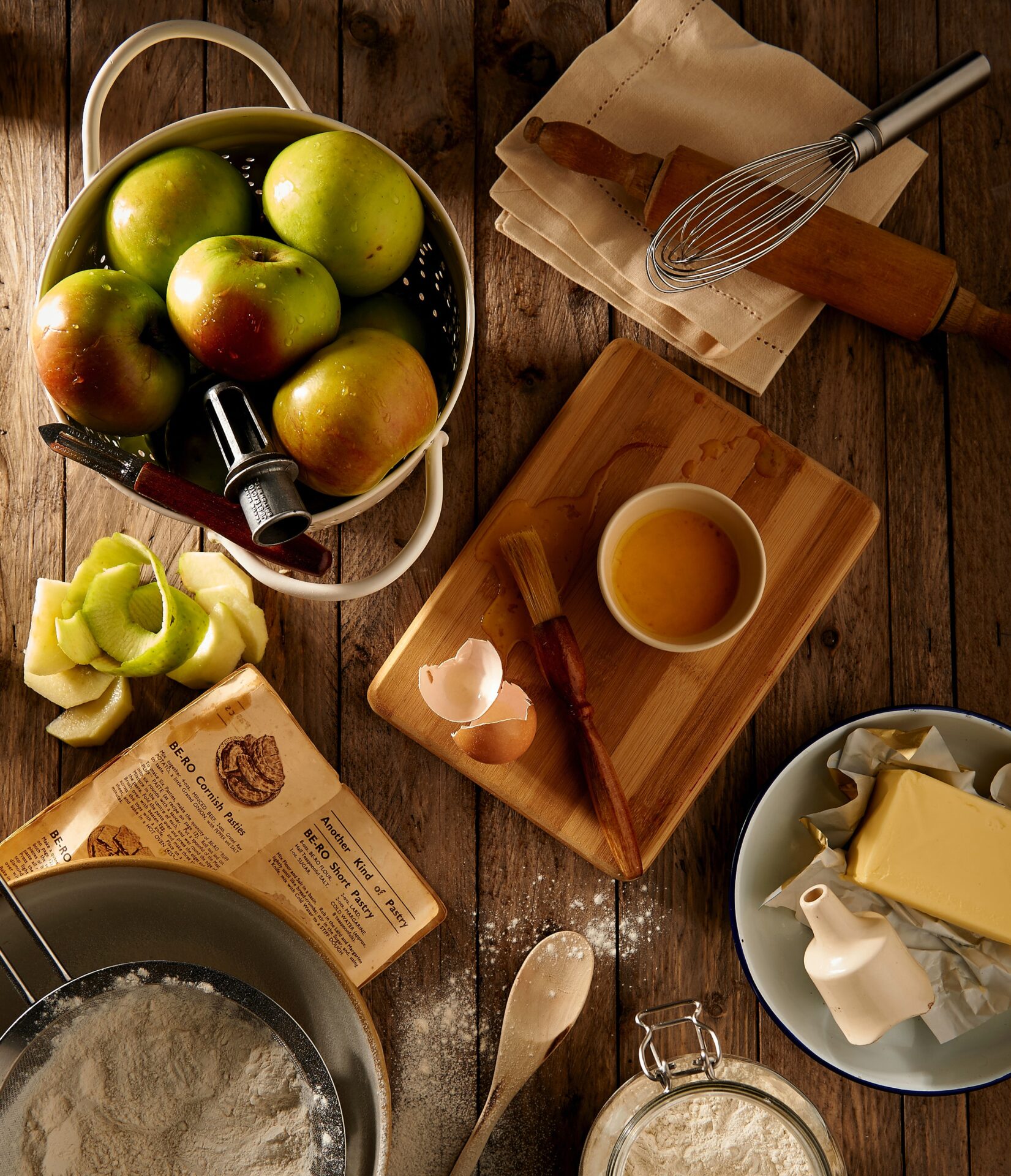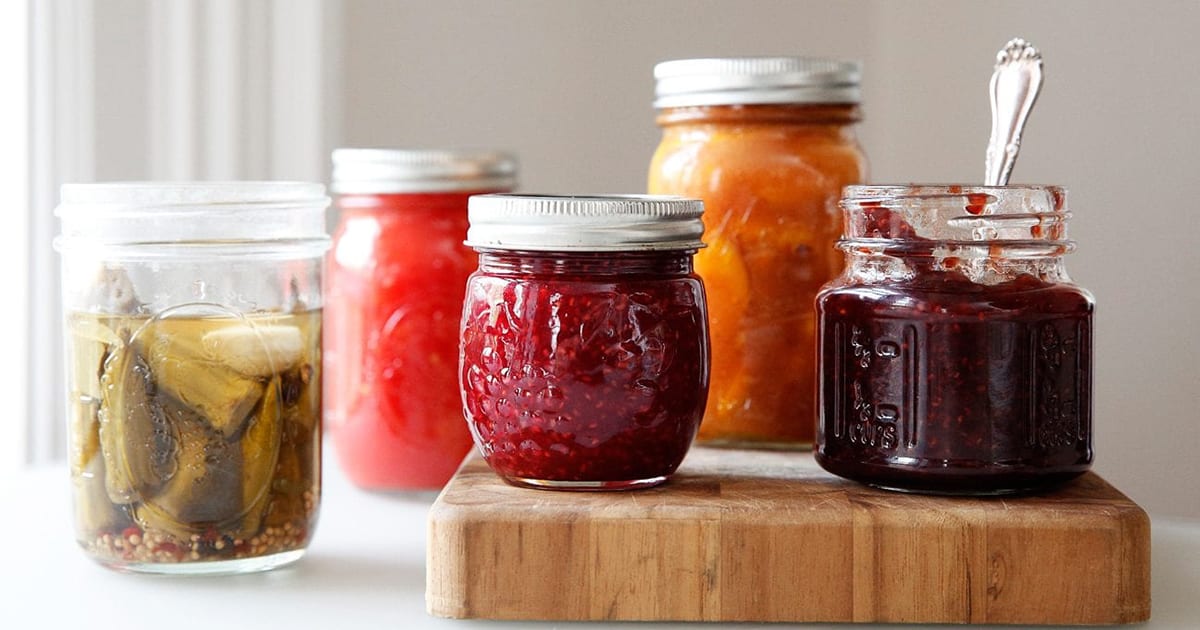Canning guru Cathy Barrow captures the flavors of the season, one batch at a time.
Every summer a new batch of canners emerges, enthusiastic but nervous. Will they make people sick with their canned foods? Quite simply, no.
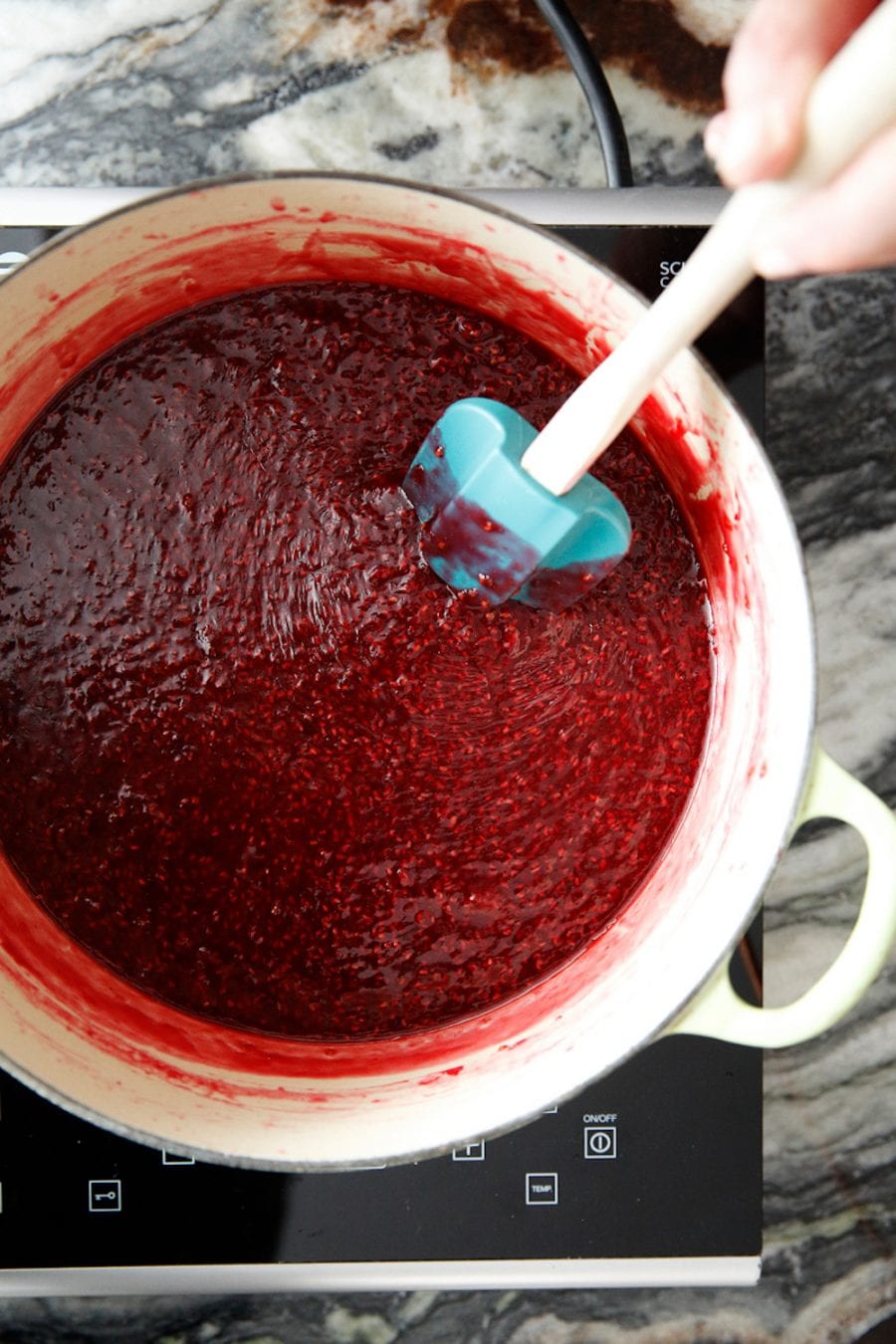
Waterbath canning—submerging jars in boiling water to seal them—is straightforward. Recipes geared to waterbath canning always include foods that fall on the acidic side of the pH range or those acidified further with vinegar, which makes these recipes inherently safe. If the jar doesn’t seal, refrigerate and eat the contents within a month. If mold appears, throw it away. There is no evidence of botulism growing in highly acidified foods. So, put worry aside and join legions of home canners admiring their efforts: shelves of gleaming jars filled with the best foods summer has to offer.
Follow recipes to the letter. Changing sugar or salt, altering the size of the jar, or changing processing times alters the science of preserving. These recipes are scaled to fit today’s smaller households. For safety’s sake, do not halve or double them. Too often, home cooks new to preserving take on too much, too soon. Encouraged by that early-season jam that’s so delicious and easy, they make three batches and by the time peaches arrive, fatigue has set in.
The following recipes—a jam, pickle, pie filling, and the ever-useful crushed tomatoes—are the backbone of my pantry. Make a commitment to just four weekend days before September and the tastes of summer will be tucked away before the leaves start changing. Put up only what you like to eat and what you will use up in a year. And if time allows, devote another day to tomatoes. You can never have enough jars of tomatoes.
Bourbon Peach Pie Filling
Use freestone peaches, the later-season variety—their intact slices look lovely inside a pie. Fill a pie with 2 pints or use the filling for a peach crisp or top with buttermilk biscuits and bake up a cobbler.
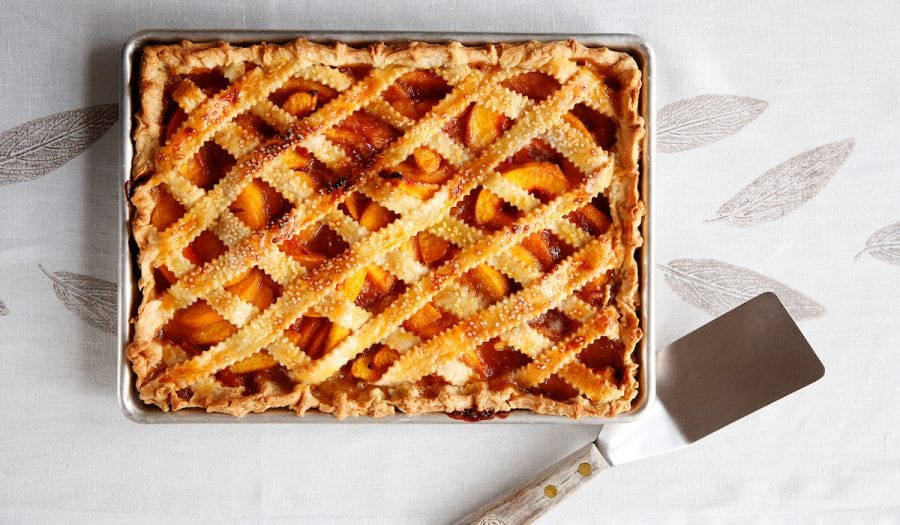
Not-So-Seedy Raspberry Jam
Seediness in raspberry jam is a topic of much discussion in canning circles. Without seeds, the yield is lower, the texture smooth and satiny. With all the seeds, the texture can be annoying and crunchy. Putting half the mixture through a food mill results in preserves full of flavor with just enough seeds to remember what it is you’re enjoying. If your preference runs to seedless jam, the food mill is your friend.
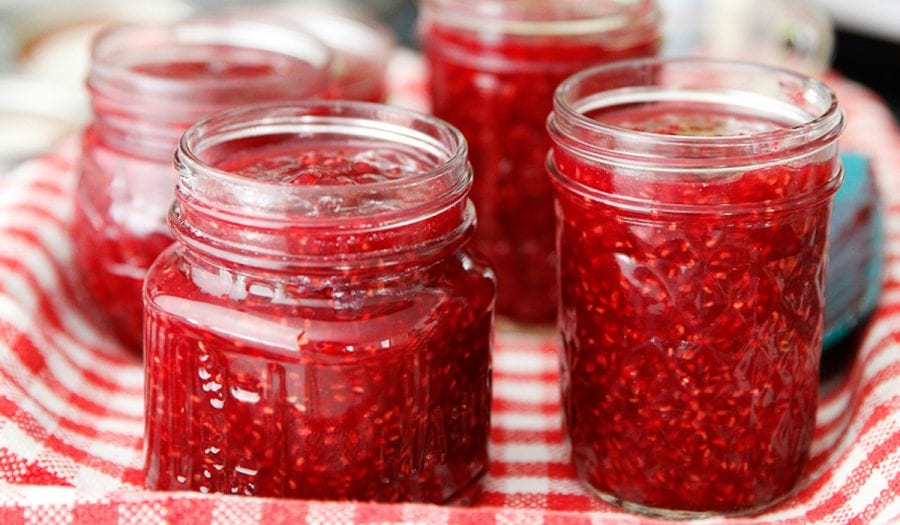
Spicy Pickled Okra
These crispy, briny pickles, full of fresh chile heat, the okra pods are a welcome addition to a pickle plate, garnishing a bloody mary, and are a perfect foil to salty ham or charcuterie.
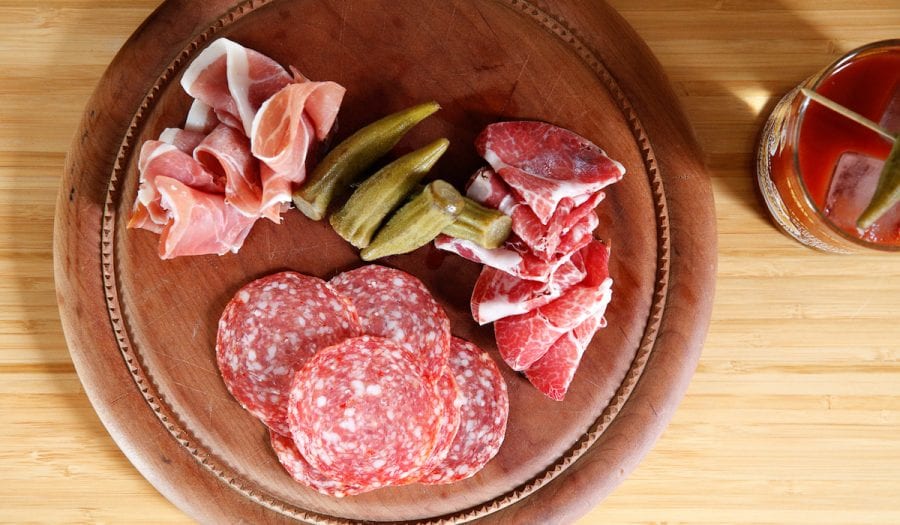
Crushed Tomatoes
This is the beginner’s canned tomato recipe, requiring no special equipment to make. It’s the most useful and the most versatile type of tomato to have on the shelf.
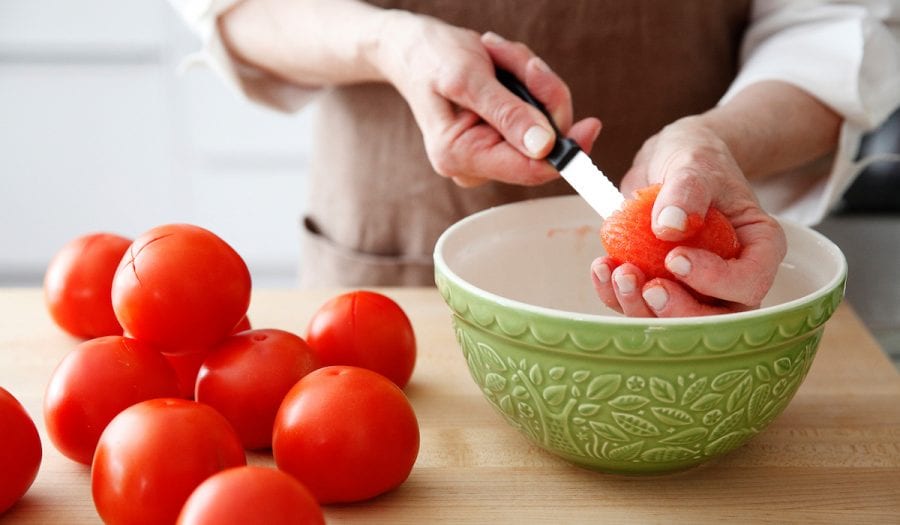
Shakshuka
This satisfying, quick-to-the-table dinner is spicy and redolent with Middle Eastern spices and it may be the most compelling reason to can summer’s tomatoes. Harissa paste ranges from slightly spicy to incendiary, so adjust the amount to suit. Serve with a sharp salad and a crunchy baguette to scoop up all the sauce and egg yolk.
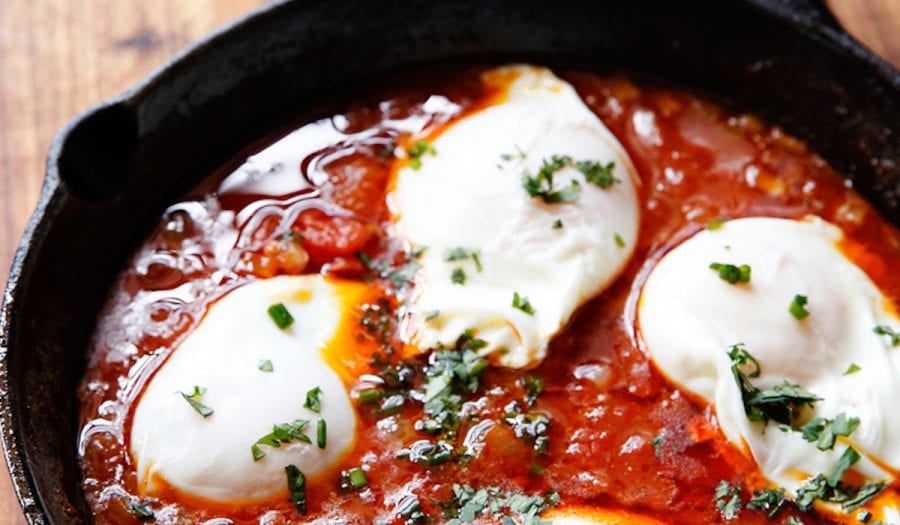
This story was originally published in the June.July 2017 Issue.
share
trending content
-
Get To Know Roanoke, Virginia
-
Shrimp and Grits: A History
by Erin Byers Murray -
New Myrtle Beach Restaurants Making Waves
-
FINAL VOTING for Your Favorite Southern Culinary Town
-
New Restaurants in Arkansas
More From Key Ingredient
-
Sweet Talk: The Sensuous Power of Local Honey
-
Caramel Delights
-
Jason Stanhope’s Famous Celery Salad
-
Little Bursts of Summertime
-
A Better Butter Bean


